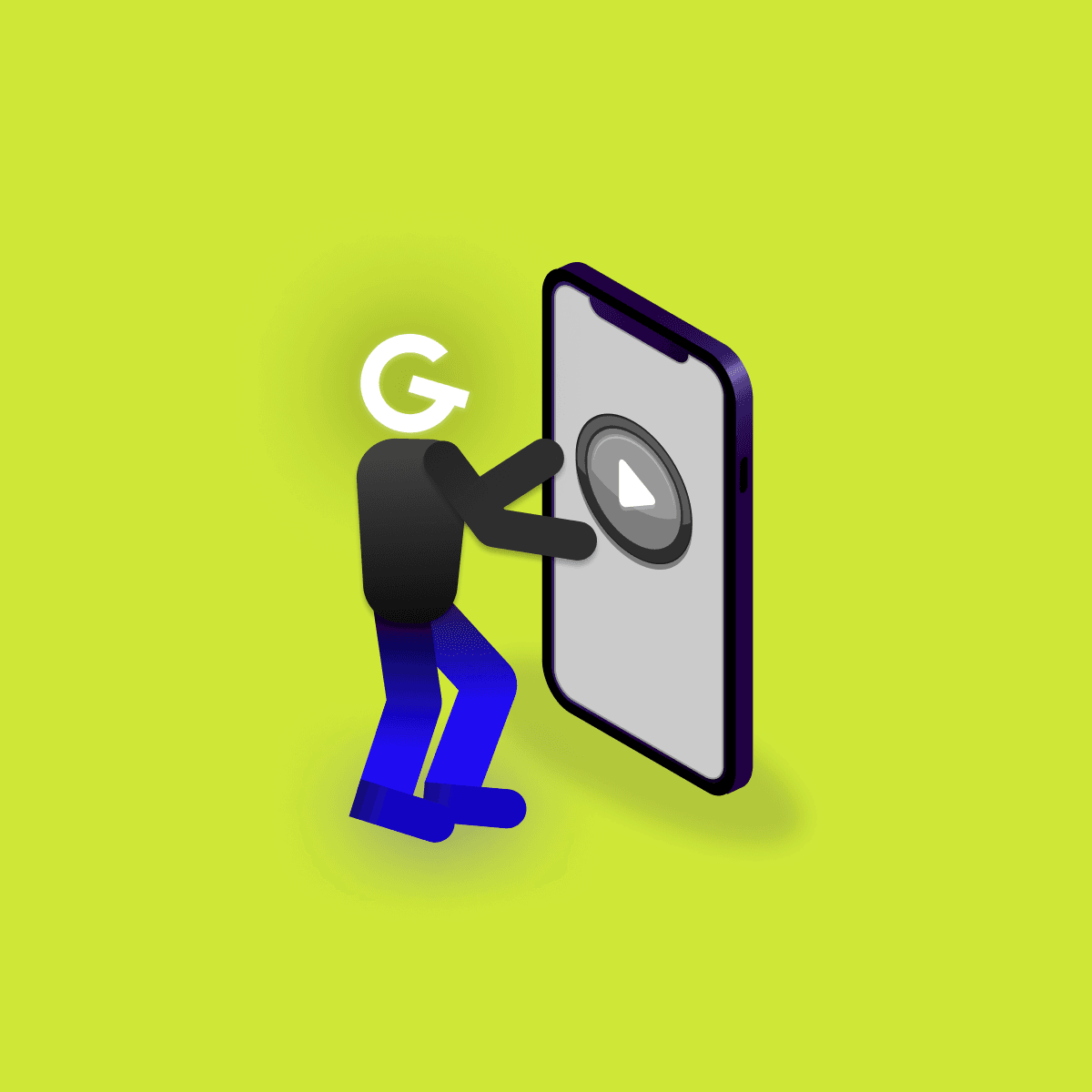
Embedded games in mobile apps: Make your app more attractive

8. Jul 2021Android
Almost every appliance or device that is a common part of our lives becomes "smart" thanks to IoT or the Internet of Things. Cars are no diffrent. So let's take a closer look at Android Auto, its capabilities and the difference from Android Automotive OS.


Google announced Android Auto in 2014 at Google I/O as a platform which brings power of smartphones to vehicle infotainment system. It's main aim is to minimize interaction with smartphone while driving. First version of Android Auto relies on fact, that your car has head unit (HU) with screen. In 2017, standalone Android Auto App was released for smartphones and tablets. Nowadays, android smartphones with Android 10 or later has Android Auto App built-in.
There are two ways, how can Android Auto work.
When you don't have compatible HU in car, you can use standalone Android Auto App on smartphone or tablet. After app launch, car-friendly UI shows up and is ready to use. It's easy to navigate in app thanks to a slightly larger UI elements which minimize amount of misclicks.
On home screen you'll see currently playing music or podcast, recommended locations to drive to or notifications as they come in. There is also a button for adjusting Android Auto settings, e.g. Google Assistant, so you can use voice commands.
Alternatively, you can use your Android Auto compatible car infotainment system (currently over 500 models are supported and even more should come soon). Running Android Auto on car display is simple, just connect your smartphone via USB cable (some phones also support wireless connectivity) and your apps will mirror on it.
Navigation applications allows user for example to view live traffic, set destinations, choose routes. Many of them provides voice guided turn-by-turn driving directions to specified destinations and specifies estimated time of arrival.
You can call a contact by voice commands or by dialing pad, scroll through the list of favorite contacts or most recent calls, so you can redial them. After received call, notification with caller's information will pop up.
Messaging can be really dangerous while driving. Android Auto takes care of that with it's ability to read out received messages or dictated answers.
Headphones icon brings up a list of all compatible media apps e.g. music, radio, podcast or audio books apps installed on your phone.
Terminology can be a little bit confusing, here is how they differ. Android Auto is platform running on user's phone, only projecting apps to a compatible HU over USB connection or wireless. Android Automotive OS (AAOS) is newer operating system, quite similar but with one main difference. User doesn't need a phone. It is running directly on the vehicle hardware. Android Automotive supports apps built for Android as well as those build for Android Auto
If you are going to build Android Auto application you need to take into account all requirements and restriction from Google. Platform already provides set of standardized UI elements and navigation mode that will work across apps. You are only supposed to customize these elements (e.g. list, grid, message, search...) to fit your needs.
Applications for Android Auto are not limited in terms of UI elements but also in terms of usability. Here is the list of the most interesting of them:
Source: support.google.com/androidauto/






